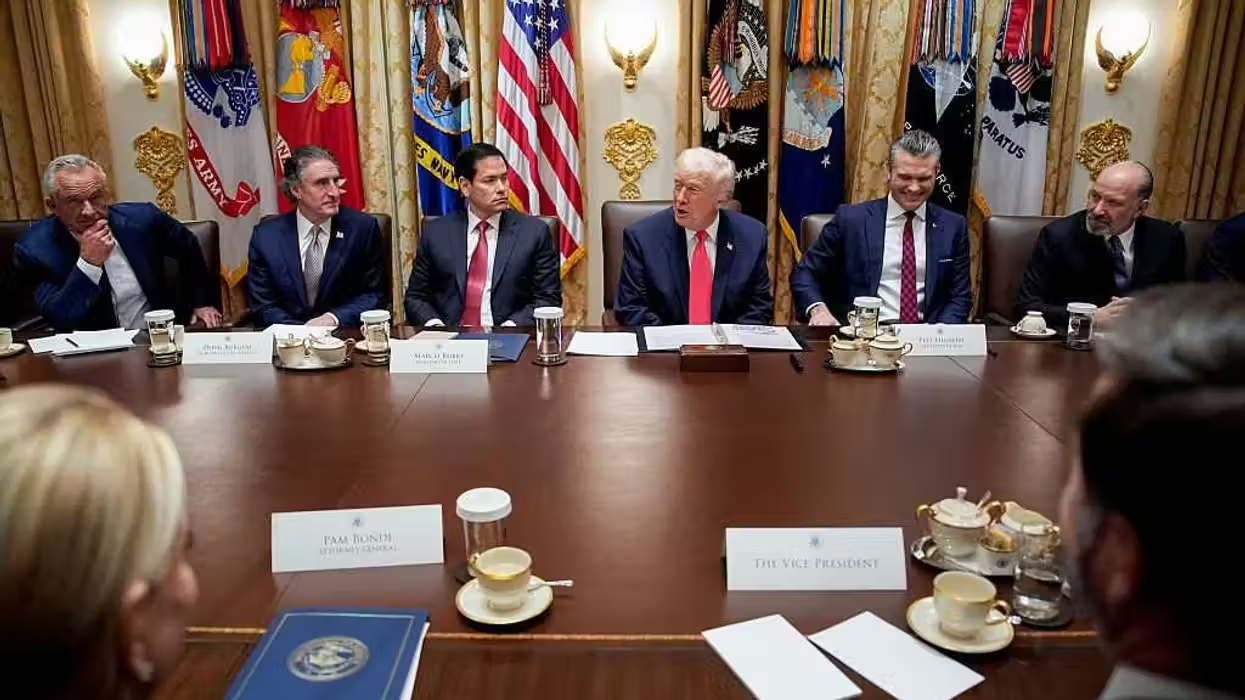The Trans-Dniester region in Moldova is trying to break off and join Russia, the latest development in a series of events that have left Western leaders scrambling to respond.
The request from Russian loyalists in the Trans-Dniester region, which is recognized by the United Nations as part of Moldova and not an independent state, comes just one day after Russian President Vladimir Putin signed a treaty to absorb Crimea.
 The Trans-Dniester region is located mostly on Moldova's eastern border shared with Ukraine (Image source: Google Maps)
The Trans-Dniester region is located mostly on Moldova's eastern border shared with Ukraine (Image source: Google Maps)
Moldova’s President Nicolae Timofti responded to the request by warning that any attempt by the area to break off and join Russia would be a "mistake.”
"This is an illegal body which has taken no decision on inclusion into Russia," Timofti said, according to Reuters. "If Russia makes a move to satisfy such proposals, it will be making a mistake.”
The request for Russia’s parliament to draft legislation allowing the non-recognized republic to join the Russia Federation was drafted by speaker of the high council, Mikheil Burla, and sent to the Duma, Russia's lower house, CNBC reported.
If the Trans-Dniester region sounds familiar, it’s because it already tried in 1996 to break off from Moldova. The area also tried in 2006 to gain its independence by holding a referendum vote in which 97 percent of the population voted to join Russia. However, the vote went nowhere because the international community refused to recognize its legitimacy.
It’s worth noting that the Trans-Dniester region actually wanted to remain in the Soviet Union during the time of its collapse, so this latest attempt to break away should not come as too much of a surprise.
Putin’s recent actions involving Ukraine and Crimea may have even added a new spark to the region’s desire to break from Moldova and be united with Russia, or so says Otilia Dhand, vice president at advisory and intelligence firm Teneo Intelligence.
"There are 550,000 citizens of citizens of Trans-Dniester who mostly also claim other citizenships. There are about 150,000 of them that claim dual citizenship with Russia and many others claim Ukrainian citizenship or Romanian so it is kind of a mixed picture," Dhand told CNBC, adding that the region has been trying for two decades to join the Russian Federation
"Russia has roughly 1,000 soldiers based there and also some ammunition and equipment that comes with it. They are not such a substantial force as they are in Crimea and Russia does not have common borders with Trans-Dniester, so it would be difficult to service as a territory," she said. "If they were interested in tactically taking it over – it would just really be for show. Should Russia choose to take Trans-Dniester over, it would be quite intimidating for Ukraine.”
—
Follow Becket Adams (@BecketAdams) on Twitter

 The Trans-Dniester region is located mostly on Moldova's eastern border shared with Ukraine (Image source: Google Maps)
The Trans-Dniester region is located mostly on Moldova's eastern border shared with Ukraine (Image source: Google Maps)






